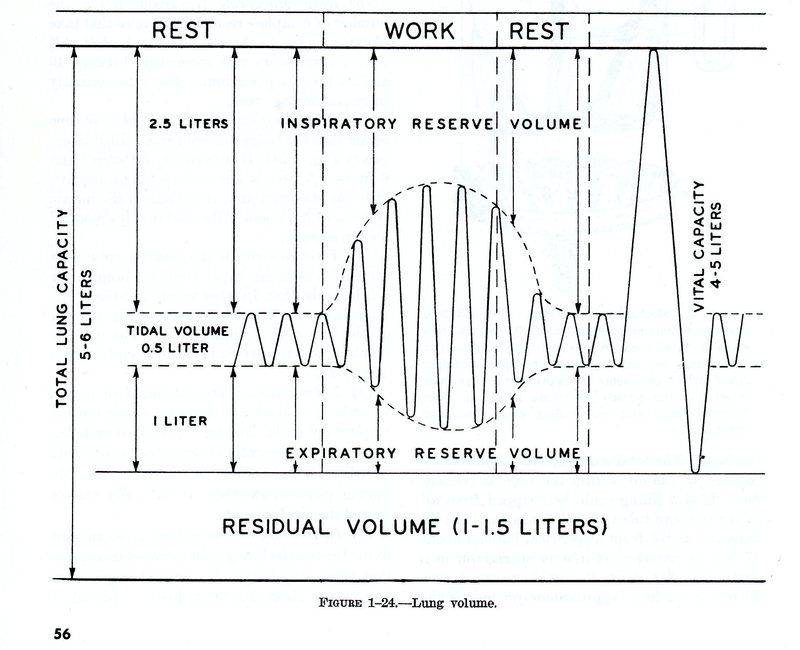On this board it seems common to see claims of surface equivalent air consumption (SAC or RMV depending on who you ask) of the order or 0.3 cuft/minute or about 9l/minute.
I have previously measured by own rate sat on the sofa and get something between 9 and 10 l/minute. My lowest whole dive rate is about 12 l/minute (0.4 cuft/minute) on totally easy warm water dives with no current. Almost always it is higher than this.
Maybe those claiming 0.3 cuft/minute are younger and fitter than me, so I found a 10 year old and forced him to watch cartoons while breathing from a 3l cylinder. His rate came out at 8 l/minute.
This talk by a well respected diving doctor and researcher,
talks about ventilation and in particular co2. it covers technical diving but the breathing and co2 aspects apply at moderate depth too.
I leave it for those watching to form an opinion about trying to breath less.
I have previously measured by own rate sat on the sofa and get something between 9 and 10 l/minute. My lowest whole dive rate is about 12 l/minute (0.4 cuft/minute) on totally easy warm water dives with no current. Almost always it is higher than this.
Maybe those claiming 0.3 cuft/minute are younger and fitter than me, so I found a 10 year old and forced him to watch cartoons while breathing from a 3l cylinder. His rate came out at 8 l/minute.
This talk by a well respected diving doctor and researcher,
talks about ventilation and in particular co2. it covers technical diving but the breathing and co2 aspects apply at moderate depth too.
I leave it for those watching to form an opinion about trying to breath less.




